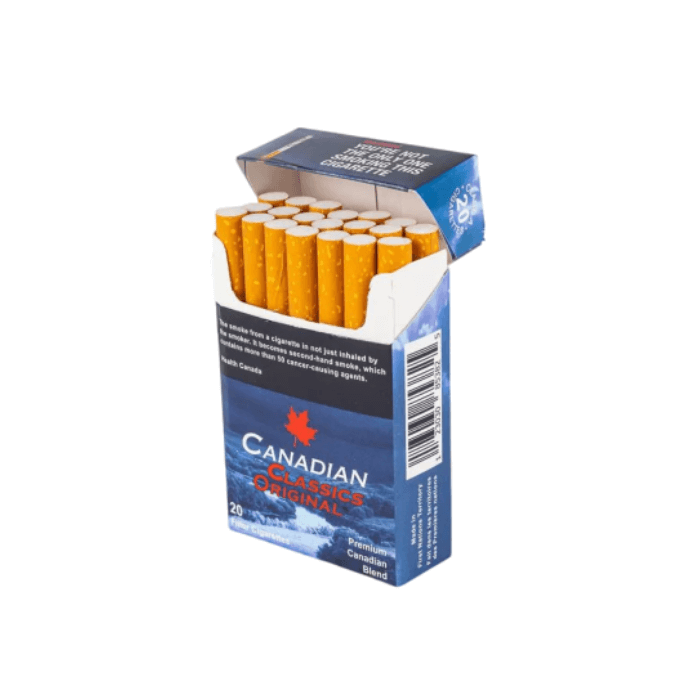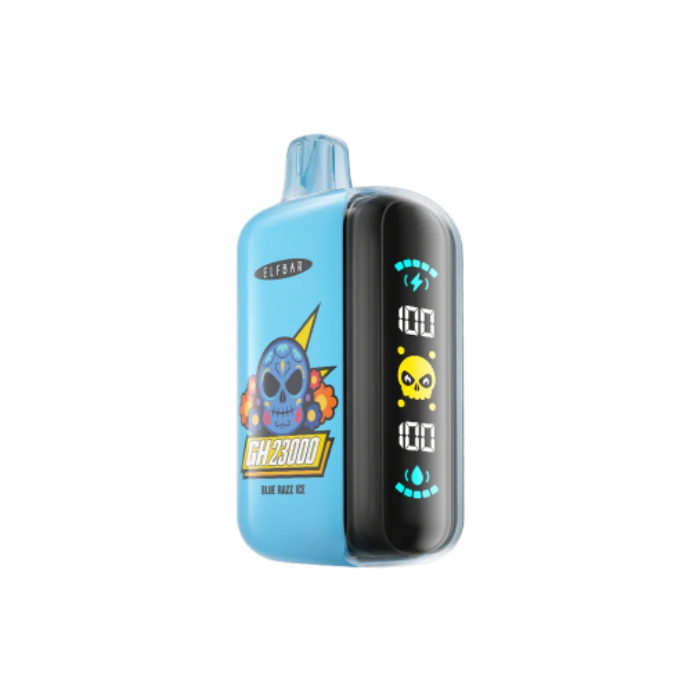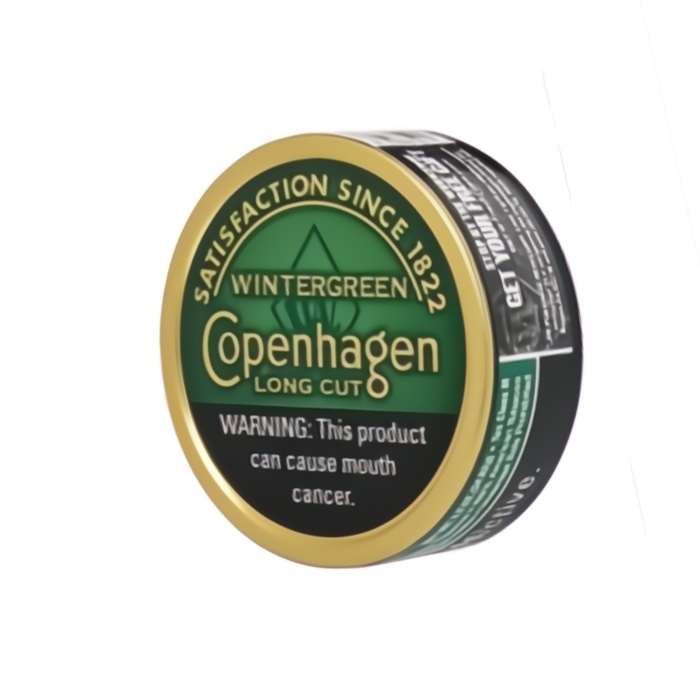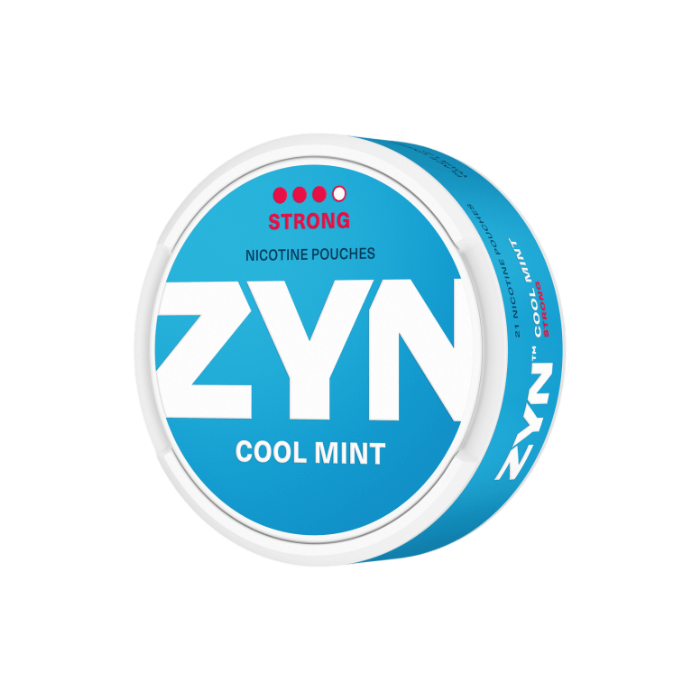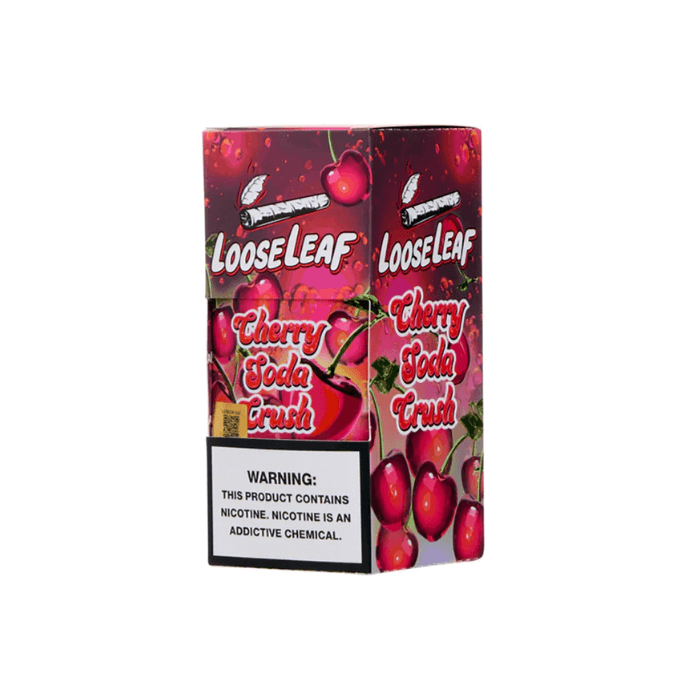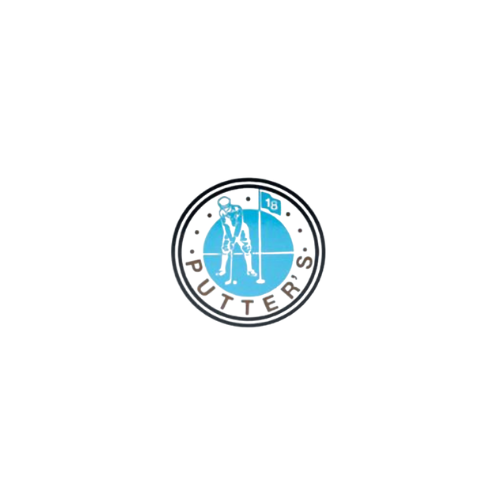Dipping Tobacco, Guides
NFL Players Dipping Tobacco: Is it True?
Combustible tobacco products, like cigarettes and cigars, are among the most popular tobacco products that have been available in the market for a long time. The problem with these things is they produce tobacco smoke, which is both dangerous and disruptive.
Then there’s smokeless tobacco. These products, unlike cigarettes and cigars, don’t produce smoke. And since they don’t require combustion, they won’t produce chemicals that usually cause issues with the lungs, throat, and other areas where the smoke goes through. Some examples of smokeless tobacco are chewing tobacco, dipping tobacco, and snus.
Since they are deemed to be smokeless, many players in various sports tend to use them more openly. Players, coaches, and team staff from varying Major League Baseball teams have admitted to dipping tobacco. However, they have recently passed rules that would help curb tobacco use, regardless of its form. But, how about the National Football League?
The Prevalence of Smokeless Tobacco in the NFL
Smokeless tobacco use in the NFL, believe it or not, has been going on for years. The league, however, seems to be not in control of the situation, leading to the widespread use of dip tobacco. This is contrary to what MLB has done within the organization.
You see, many MLB players used to chew and dip tobacco as a part of their daily routine. Before and after training as well as practice matches, they would consume these smokeless tobacco products to keep them alert and awake. Even coaches and team staff do this.
During games, some players were even caught using smokeless tobacco in the field. It’s a testament that they don’t really hide their smokeless tobacco habit. It was not until the death of Hall of Fame player Tony Gwynn in 2014 that things started to change in the league.
Before his death due to oral cancer, Gwynn told the San Diego Union-Tribune’s Bill Center the cancer he got might be probably due to his long-time use of dip. Different medical studies would support his claim, stating that chewing tobacco can certainly increase oral cancer risks, including cancers of the mouth, throat, cheek, gums, lips, and tongue.
After Gwynn’s death, many players, coaches, and team personnel have started reducing smokeless tobacco use until they no longer depend on it. Additionally, some have switched to tobacco-free nicotine products like nicotine pouches as a way to consume nicotine without relying on tobacco.
MLB then imposed a collective bargaining agreement in 2016, which banned the use of smokeless tobacco, such as chewing tobacco, for all new big league players. This, however, didn’t apply to any player who already had at least a day of major league service at that time.
Aside from the said agreement, MLB has also imposed that no major league player is allowed to take the field or enter the dugout with a package or tin of smokeless tobacco, especially in their uniforms, once fans are in the stadium. They are also banned from using the said products during on-camera interviews.
How about in the NFL?
The NFL seems to be taking the opposite direction compared to the MLB. Despite the addictive and damaging nature of dipping tobacco due to its tobacco and nicotine content, the league doesn’t impose similar provisions that would deter smokeless tobacco users from continuously depending on the said products. In fact, locker rooms and practice areas used by various NFL teams are known to be still filled with spit cups so players, coaches, and team staff can use them whenever needed.
According to former Cleveland punter Spencer Lanning, around 75 to 80% of players in the Browns’ locker room are chewing or used to chew tobacco products. Two Steelers players then estimated that the use of smokeless tobacco in their locker room falls between 65 and 75%.
The prevalence of smokeless tobacco use in the NFL stems from a variety of factors. Some players started dipping tobacco in college, while others didn’t do it until they entered the pro scene. The stated percentages double the range found in a 2014 Boston Globe report, stating that 21 of 58 Red Sox players at spring training (36.2%) admitted to using smokeless tobacco.
Former Steelers quarterbacks coach Randy Fichtner has also admitted to dipping tobacco. He, however, has since struggled to kick the habit after decades of coaching in college and the NFL. Even though he hasn’t suffered any health issues, he knows how difficult it is to quit the habit. He even said that he’s “probably not very nice to be around when I [try to quit].”
The Appeal of Dipping Tobacco in the NFL
Comparing the situation between the NFL and MLB is important since it tells you how the leagues from different sports respond to the alarming number of players, coaches, and relevant individuals who use and depend on dipping tobacco.
Judging by the policies stated earlier, the MLB has become serious in dealing with smokeless tobacco use. The implementation of the agreement and limitations on the use of dipping tobacco not only saves players, coaches, and others from getting sick but also prevents fans, especially the young ones, from being influenced to do the same thing.
In the case of the NFL, some players and coaches believe that the league does not care. The only policy so far that the NFL wants players to follow is to not use dipping tobacco or any smokeless tobacco while on the playing field or while conducting television interviews.
Now, banning smokeless tobacco outright in the NFL could be difficult, especially since dipping tobacco has been appealing to a lot of teams and their respective core members.
Former Browns general manager Phil Savage stated that chewing tobacco has been part of football. Whether you like it or not, most high-profile coaches, players, and low-level staffers in the league are doing the same thing. Dipping tobacco has truly permeated locker rooms and the playing fields.
You might be wondering why it has become a thing in the league.
Smokeless tobacco users absorb its nicotine content whenever they consume it. Nicotine, as we all know, has the capacity to keep you awake and alert in a short time. It can even calm your senses whenever you feel stressed or anxious. And since smokeless tobacco is consumed directly through the mouth, the amount of nicotine you can absorb is known to be higher than smoking cigarettes.
This alone is the reason why many NFL players, coaches, and staffers have become hooked on dipping tobacco. Given the number of activities that must be done in a day, they want to ensure they will remain alert and awake for a long time.
Contrary to popular belief, they don’t spend a huge bulk of their day training on the field. Instead, they also spend hours in countless meetings leading up to a walk-through and another set of post-practice meetings to break down stuff that just happened on the field.
To get through these long hours of meetings and training sessions, the only thing many players and coaches can do is to dip tobacco. It is something that can get their heads straight, not a way for the teams to bond or create stronger relationships as a group.
The Locker Room Culture and Tobacco Use
The use of smokeless tobacco has truly become widespread in the NFL, particularly in locker rooms. Locker rooms are places where a huge bulk of dipping tobacco use has become prevalent. And despite the health risks associated with smokeless tobacco, the NFL seems to not address the issue head-on.
As mentioned earlier, around 65 to 80 percent of players from different teams chew or dip tobacco. They would then consume tobacco in meeting rooms and corners of locker rooms as a way to concentrate better during a boring or monotonous day of film work and walk-throughs. Before or after practice, players would also consume smokeless tobacco, just to relax themselves.
Some notable brands of smokeless tobacco that many players and coaches use are Skoal, Grizzly, and Copenhagen. Smokeless tobacco products from these brands, which are available for sale at NativeSmokes4Less, would be traded among athletes like kids with baseball cards.
Trainers would then have a habit of asking players for tobacco and vice versa, which is confirmed by Phillip Daniels, a former American football defensive end of varying teams. He went on to say that you can essentially see spit cups in NFL locker rooms down, meeting places, and many more.
The main reason for dipping tobacco is simple. Players and even coaches just want to break up a monotonous NFL day.They often have meetings that lead up to a walk-through, followed by post-practice meetings to break down everything that had happened on the field. These meetings often take about four to five hours on a game week.
It doesn’t help if you’re sidelined due to an injury. Former Steelers outside linebacker Jarvis Jones had a wrist injury in 2014, sidelining him for nine games. He found himself consuming tobacco pouches as a way to cope with the injury and, at the same time, keep him alert. Jones doesn’t drink coffee, which is why he finds solace in tobacco instead.
The rampant use of smokeless tobacco among NFL teams is predominantly due to the types of activities they do in a week. And since the league is somehow lenient about tobacco use, facilities where teams would do their training and meetings can be filled with tobacco for them to grab. Refrigerators in several NFL locker rooms and other key areas, for instance, are then packed with tobacco so they can get and use them whenever they need one.
So, if the league truly wants to curb chewing tobacco use, it should first start in locker rooms.
Controversies and Incidents
Dipping tobacco has been a tradition in NFL culture since the 1980s. It has further gained attention when former Houston Oilers running back Earl Campbell promoted Skoal in a commercial.
While the NFL has two rules regarding smokeless tobacco use by players—prohibiting it on the playing field and during television interviews—the Bills faced a recent incident in November.
CBS cameras captured Kyle Orton sliding a wad of dip into his mouth on the sideline during a 26-10 win over the Browns. This clip circulated on social media for a couple of days, prompting the football league to address the matter with the team, who have declined to comment on whether a penalty was imposed.
The NFL denied interview requests in response to player health and tobacco-related policies. Three NFL teams also refused to provide information about requests for team trainers. An NFL spokesman instead stated that players do receive education related to league policies during the rookie symposium or annual information sessions at NFL training camps.
Former NFL general manager and Hall of Fame inductee Bill Polian noted that even though tobacco is still present in the NFL culture, its prevalence is not as significant as in baseball since he witnessed teams stop supplying tobacco to players over the past 15 years due to health concerns like nicotine addiction, gum disease, tooth decay, and even heart problems.
Frequently Asked Questions
How many NFL players dip?
To date, there’s no exact number of NFL players who use dipping tobacco. However, it’s known to be fairly common in the league, with many tobacco stories surrounding the game’s elite athletes, coaches, and even team personnel.
What does Baker Mayfield dip?
NFL quarterback Baker Mayfield was spotted using ZYN nicotine pouches on the sidelines during the Buccaneers’ game against the Ravens. Although ZYN nicotine pouches don’t contain tobacco, they are still prohibited from being used in-game by the league. Despite Mayfield’s violation, the NFL only sent him a letter to remind him of the league’s policy against tobacco use.
Why do football players dip?
Football players often dip tobacco to relieve stress, increase focus, and stay alert during practices, film shoots, and meetings. Many players pick up the habit in college football locker rooms, where smokeless tobacco is pretty popular and accessible.
Summary
NFL players, coaches, and team personnel do dip tobacco to help them concentrate better and keep themselves alert and aware during meetings, film work, and even training. And while the league is still way behind compared to other leagues in terms of tobacco regulation, many NFL teams are starting to cut tobacco use on their own as a way to keep their health in check.
Do you want to know how dipping tobacco works? Then find out here at NativeSmokes4Less.

